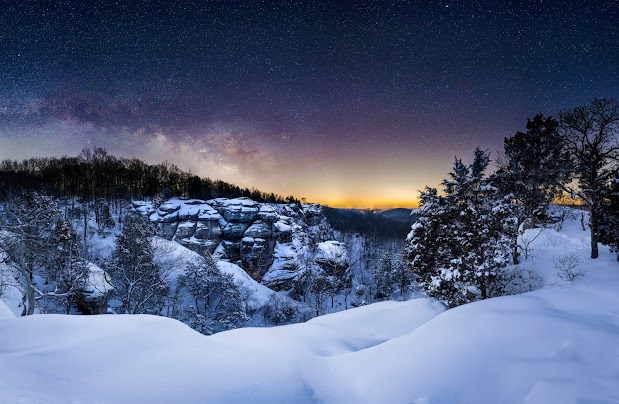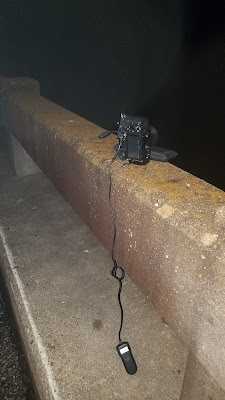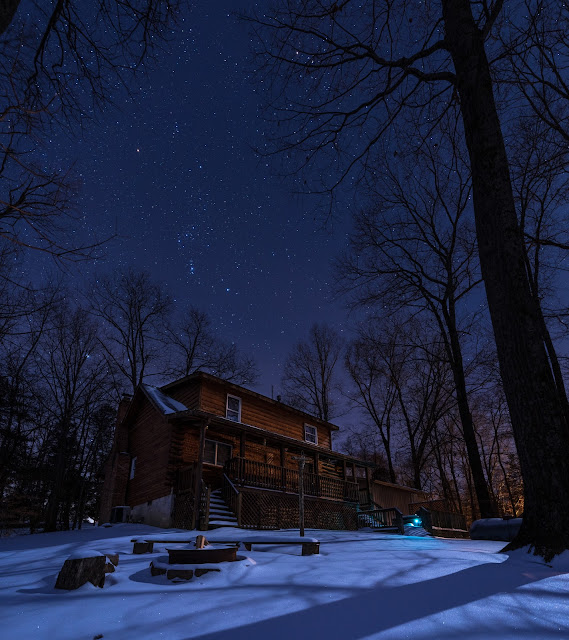Introduction to Landscape Astrophotography in So Ill: Part 1, Section 1 of 6

Introduction to Landscape Astrophotography in Southern Illinois (c) John O'Connell Welcome to the workshop! We are a group of hobbyist photographers who enjoy photographing nightscapes. None of us are "experts" or career full-time photographers and all of us are still learning the craft. There's still a lot we don't know but we are often asked by others how they can also photograph the Milky Way. We decided to put this event together to help you take your first steps toward capturing the Milky Way. We look forward to helping you as others have helped us. First, let's meet your instructors: John O'Connell - I am a Ph.D. student in Wildlife Ecology at SIU and a hobbyist photographer. I studied photography in grade school but did not get a digital camera with manual settings until 2018. Almost immediately, I started trying out astrophotography and I fell in love with being out in the woods at night, enjoying the stars. I grew up in the metropolis

